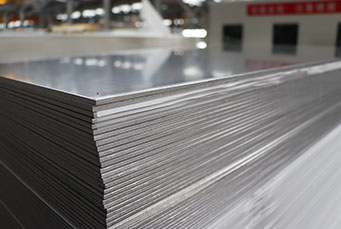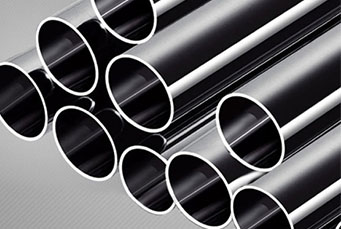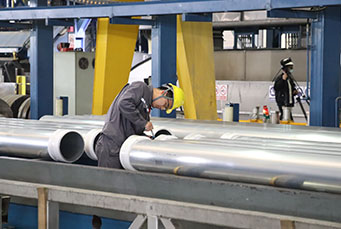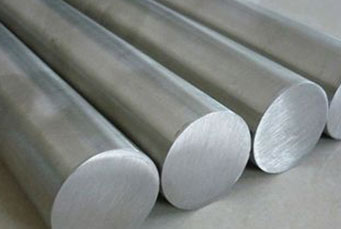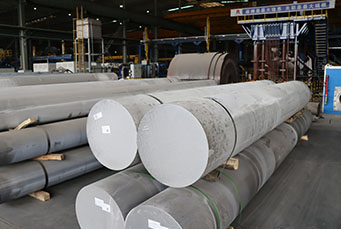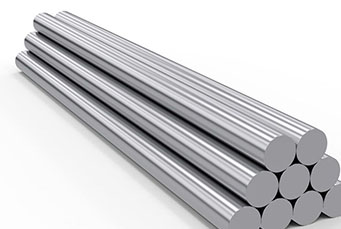The five core advantages of 8021 and 8079 aluminum foil in cold stamping
In the field of pharmaceutical packaging, the cold stamping process has put forward almost harsh requirements on aluminum foil materials-it must not only withstand high-pressure molding without breaking, but also ensure the sealing and light-proof properties of the drugs. Why can 8021 aluminum foil and 8079 aluminum foil become the “top choice” of pharmaceutical companies? This article will deeply analyze their five unique advantages.
1. King of mechanical properties: Compression molding is as stable as a rock
Cold stamping molding needs to withstand instantaneous pressure of up to tens of tons, and ordinary aluminum foil is prone to cracks. The 8021 aluminum foil has an elongation of 12-15% and a tensile strength of 95MPa, and the 8079 aluminum foil has a golden ratio of 18% elongation + 85MPa strength, which perfectly balances toughness and rigidity. Actual measured data shows that under 18 tons of stamping pressure, the molding yield of the two aluminum foils can still be maintained at more than 98.6%.
2. Sealing revolution: nano-level pore blocking technology
The sealing requirements for pharmaceutical packaging are almost absolute. 8021/8079 aluminum foil adopts a bidirectional rolling process, with a surface porosity of less than 0.8% (3-5% for ordinary aluminum foil). With the high-frequency welding technology dedicated to pharmaceutical companies, a weld width of <0.01mm can be achieved, ensuring that the drug has no leakage in the -40℃ to 80℃ cycle test.
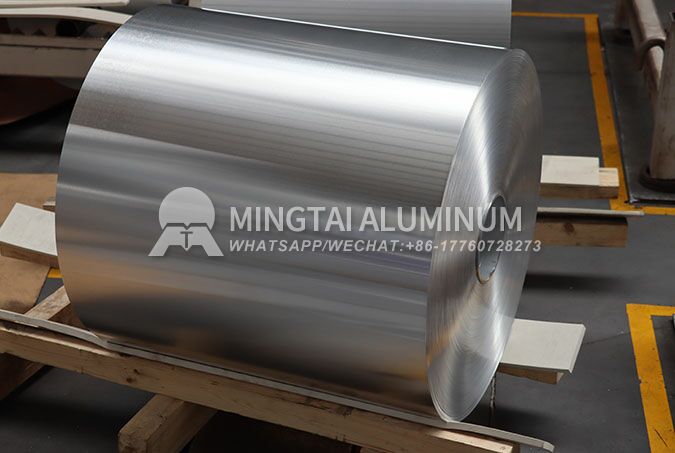
3. Corrosion-resistant shield: Coping with complex pharmaceutical environments
Some drugs contain corrosive ingredients, and ordinary aluminum foil is prone to oxidation spots. The unique Fe+Si alloy coating of 8021 aluminum foil and the high-purity aluminum substrate (≥99.7%) of 8079 aluminum foil can still maintain a zero corrosion point record after 300 hours of salt spray test, providing long-term protection for acidic and alkaline drugs.
4. Heat sealing king: precise temperature control molding black technology
In the aluminum foil-PVC heat sealing process, 8021/8079 aluminum foil shows a precise temperature adaptability of ±2℃. Its special annealing process enables the material to maintain a thickness uniformity of 0.02mm at a high temperature of 180℃, ensuring that the tear strength of the blister packaging is ≥1.2N, far exceeding the pharmacopoeia standard.
5. Cost-effectiveness: Cost advantage throughout the life cycle
Although the initial purchase cost is 15-20% higher than that of ordinary aluminum foil, the material utilization rate of 8021/8079 aluminum foil is as high as 92% (ordinary aluminum foil is only 75%). Combined with lubrication-free stamping technology, a single batch production can save 38% of mold loss costs. The actual measurement data of a leading pharmaceutical company shows that the comprehensive cost is reduced by 27% within a three-year use cycle.


